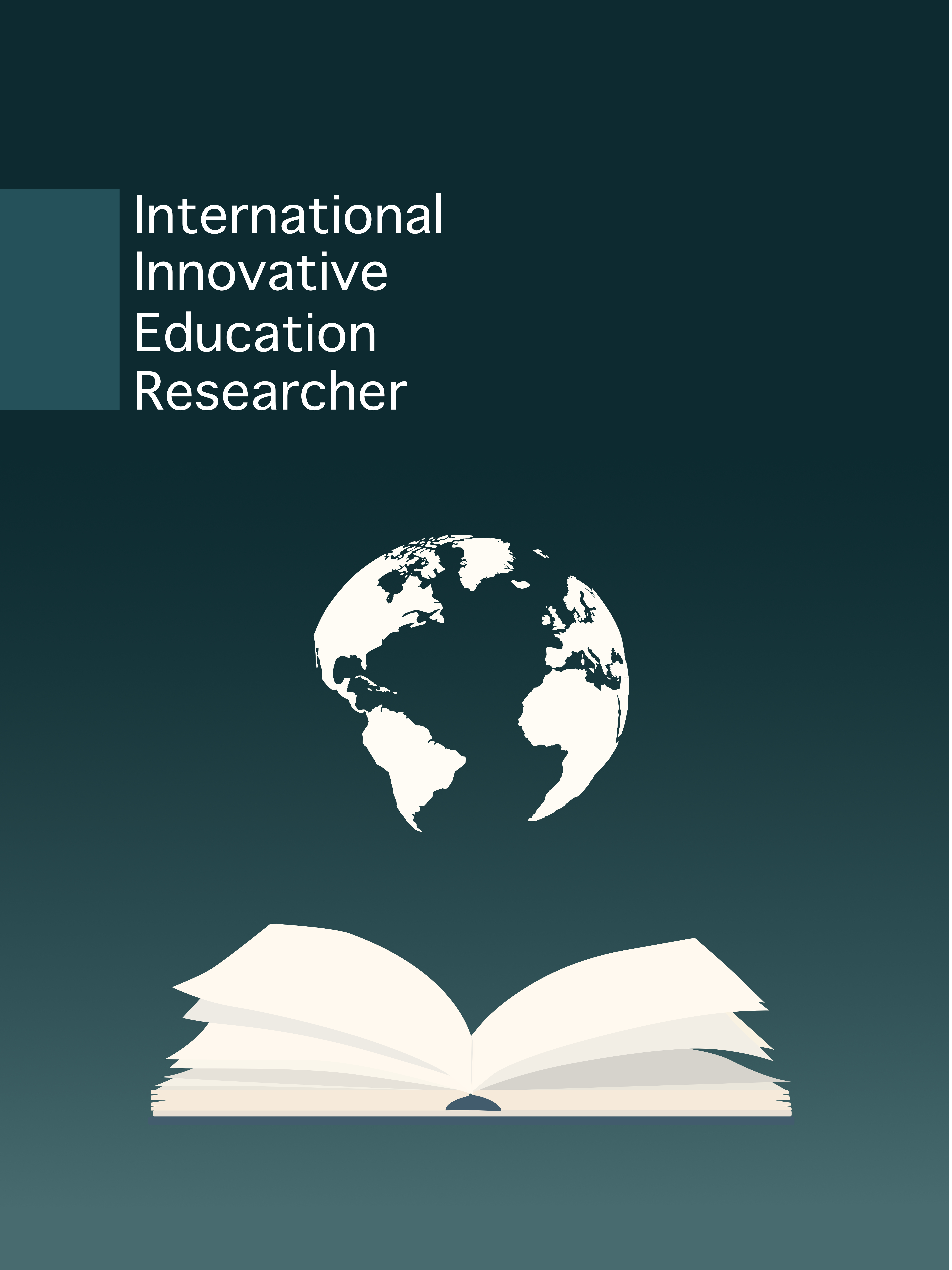Ortaokul Öğrencilerinin Çevresel Tutumlarının Sanal Eğitim Uygulaması İle Geliştirilmesi ve Metaforik İzdüşümleri
Author :
Abstract
Çevresel sorunlar her geçen gün çoğalmakta dünyamızı ve insan sağlığını tehdit etmektedir. Bu tehditler karşısında hemen herkesin çevresel anlamda bir tutum geliştirmesi kritik öneme sahiptir. Bu nedenle bu çalışma bireylerin erken yaşlarda çevresel tutum kazanmaları üzerine yoğunlaşmaktadır. Bu bağlamda sanal gerçeklik gözlükleri aracılığıyla oluşturulan basit bir eğitim ortamının öğrencilerin çevresel tutumlarını geliştirip geliştiremediği test edilmiştir. Bu amaç doğrultusunda yapılan bağımlı örneklem t-testinde olumlu sonuçlar elde edilmiştir. Başka bir ifade ile sanal eğitim uygulaması öğrencilerin çevresel tutumlarının gelişmesine katkı sağlamıştır. Bu nicel verinin desteklenmesi adına çalışmaya katılan öğrencilerinden nitel veriler metaforlar yardımıyla elde edilmiştir. Öğrencilerin çevre kirliliği, su israfı ve küresel ısınma ile ilgili algıları yüz yüze görüşmeler ile toplanmıştır. Çevre kirliliği ile ilgili dikkat çeken metaforlar “kendine zarar verme, kirlenmiş hayat, yok oluş” olarak tespit edilmiştir. Su israfı ile ilgili dikkat çeken metaforlar “hayatın israfı, çocukların hüznü, akan kan” dır. Küresel ısınma ile ilgili de “yok olma, çölleşme, ektiğini biçme” metaforları dikkat çekmektedir. Çalışmaya katılan öğrencilerde aldıkları sanal eğitim uygulamasına paralel şekilde gelişme tespit edilmiştir. Bu gelişmenin öğrencilerin ürettikleri metaforlarda görülebildiği araştırmacının kanaatidir. Bu veriler ışığında eğitim ortamlarında sanal eğitim uygulamalarına daha sık yer verilmesi gerektiği karar alıcılara ve öğretmenlere önerilebilir.
Keywords
Abstract
Environmental problems are increasing day by day threaten our world and human health in parallel. It is critical for almost everyone to develop an environmental attitude in the face of these threats. For this reason, this study focuses on individuals' acquiring environmental attitudes at an early age. In this context, it has been tested whether a simple educational environment created through VR glasses can improve students' environmental attitudes. For this purpose, positive results were obtained in the dependent sample t-test. In other words, the virtual education application contributed to the development of students' environmental attitudes. In order to support this quantitative data, qualitative data were obtained from the students participating in the study with the help of metaphors. Students' perceptions of environmental pollution, water waste and global warming were collected through face-to-face interviews. The striking metaphors about environmental pollution have been identified as "self-harming, polluted life, extinction". The remarkable metaphors about wastage of water are "waste of life, sadness of children, spilled blood". The metaphors of "extinction, desertification, reaping" draw attention regarding global warming. In parallel with the virtual education application they received, a development was determined in the students participating in the study. It is the opinion of the researcher that this development can be seen in the metaphors produced by the students. In the light of these data, it can be suggested to decision makers and teachers that virtual education applications should be included more frequently in educational environments.





